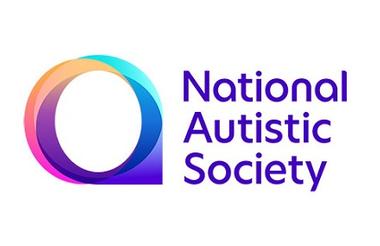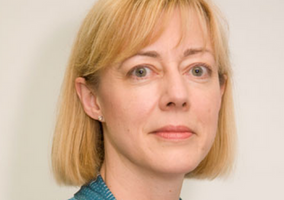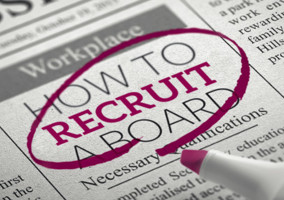The National Autistic Society (NAS) has reported recent challenges recruiting staff and steps it has taken to address safeguarding concerns.
NAS’ recently filed accounts, made up to 31 March 2022, state that it was “a tough year, coming out of the pandemic with ever increasing pressure on staff and other costs, coupled with continuing local authority budget constraints”.
The charity met the Charity Commission to discuss safeguarding issues during the year, after staffing struggles in its schools and adult services “made safeguarding an even more important focus”.
NAS recently announced it would step back from running academy schools, after concerns were raised about governance and safety.
The charity had been a sponsor of the National Autistic Society Academies Trust since 2012.
Safeguarding meetings with regulator
NAS accounts read “safeguarding is our top priority” adding Covid-19 affected staffing levels in schools and adult services.
A full safeguarding governance review was undertaken by internal auditors, and a detailed action plan launched, the accounts state.
It recruited a safeguarding lead and two advisors to help strengthen its approach to safeguarding.
The Charity Commission met with trustees in October 2021 to discuss the development of safeguarding procedures at NAS since a previous meeting with trustees in 2019.
Income increase
Total income was £95.6m, an increase of £0.1m from the year prior, while expenditure increased by £1.3m, to £94.8m.
The accounts state the need for local authorities to recognise the increase in costs and negotiate fees for services is key, as is a need to bolster staff numbers.
Despite some challenges, World Autism Awareness Week 2021 raised more than £370,000 “the most successful week we have ever had”.
Moreover, overall voluntary income increased by £2.1m to £14.5m, primarily because of an increase in donations and gifts, from £5.3m to £7.1m.
Staff accounted for 72.4% of overall costs
“The challenge to recruit and retain sufficient and appropriate staff remains key,” read the accounts.
They add that increased expenditure in the financial year was partially due to covering vacancies with agency spend, and the charity is working on a strategy of paying the living wage.
Staff costs accounted for 72.4% of overall costs, an increase from 72.1% the year prior, and the average number of employed staff in the year was 2,527, compared to 2,706 the year prior.
The charity’s gender pay gap increased from 0.9% to 2.8%, though its median pay gap was 0%.
Its highest paid member of staff earned between £130,000 - £140,000.
Related Articles











